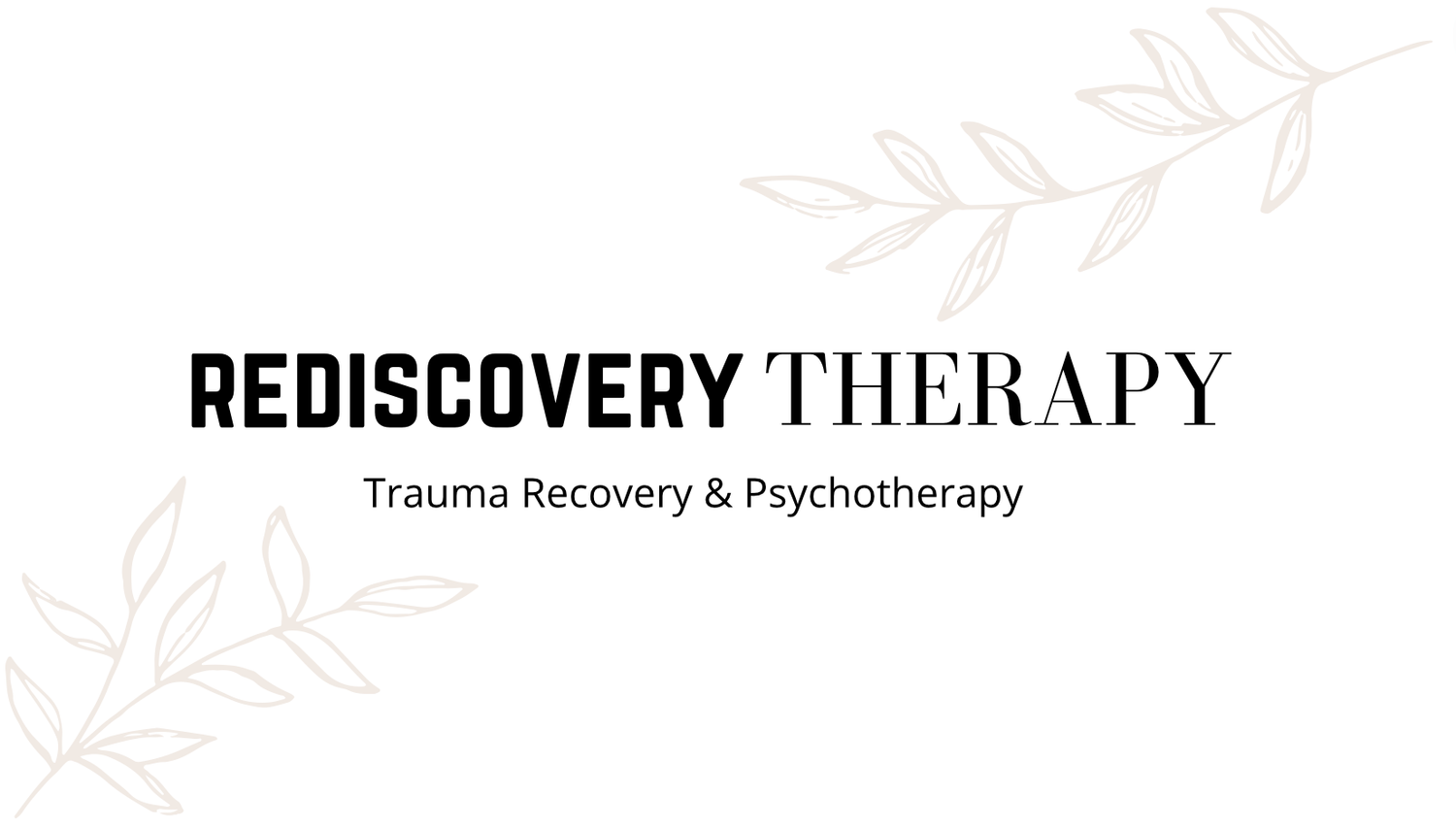Trauma Recovery
In those dark places there is also an opportunity to find strength and compassion.
What does trauma therapy look like?
Psychotherapy is a highly effective way to work with the body’s and heart’s response to traumatic experiences and loss, however, there is no one-size-fits-all approach to trauma recovery or therapeutic change. In our time together we will discuss ways to do the work that meets your unique needs and goals. That work often involves exploring the impact of the trauma, moving through emotional layers, addressing physiological symptoms, and connecting with the body. This approach can be effective for single incidents traumatic experiences or complex, long term, and chronic experiences (CPTSD).

Trauma Focused Services
EMDR, SE, & IFS
EMDR, SE, & IFS are evidenced-based, trauma informed, and experiential modalities. All address important aspects of healing including working with emotions, beliefs, and the body.
Recent Trauma Stabilization
Stabilization treatment can be utilized as soon as distressing symptoms appear following a recent traumatic experience. This is a short-term therapy that can help facilitate a higher level of care when necessary.
Traumatic Loss & Grief
The experience of bereavement can become prolonged and complex with sudden or traumatic loss. This often requires outside interventions to support the grieving process.
Feeling safe in your body. Why we talk about the body in therapy & trauma recovery work…
Trauma is more than a psychological experience, it is embedded in one’s body through the nervous system, and affects how we physically and psychologically move through the world. Because the body holds components of painful memories, incorporating experiential and somatic work is often a necessary part of processing traumatic experiences. With care, appropriate pacing and resources, and the support of a trusted other, reconnecting with the body can be a source of empowerment and healing.
What does that look like in session? In counseling sessions, I will often invite clients to become curious about their inner experience and ask questions to explore sensations, breathing patterns, imagery, and even body posture. The act of drawing attention to the somatic elements of an experience helps to build mind-body awareness, supports nervous system regulation, helps our brains organize and appropriately store difficult memories, and creates opportunities to access unresolved parts of the experience itself. I may also offer different techniques or resources to use in session and out in the world.
My work is largely influenced by my training in experiential modalities and I weave in interventions from Somatic Experiencing (SE), Internal Family Systems (IFS), and Coherence Therapy (CT) as it is therapeutically appropriate. Eye Movement Desensitization and Reprocessing (EMDR), and ASSYST (for recent trauma stabilization) are other more structured tools we can discuss.
Eye Movement Desensitization & Reprocessing (EMDR)
EMDR is a widely researched modality for working with painful and traumatic memories. EMDR therapy can be an effective tool for accessing difficult experiences in a manageable way and while staying grounded in the present moment. This process often allows the brain to do the important work of memory reconsolidation that may have been disrupted during the original traumatic event.
I am EMDR Certified. This means that I have advanced EMDR specific training, complete ongoing consultation and continuing education courses, and have been approved by the EMDRIA International Association.


